
The National Museum of Kenya is a national and cultural heritage, home to the history of mankind, the story of wildlife and home to variety of snakes. It not only preserves the past and present of Kenya but also offers a glimpse into the reality of the past and makes it lively.
It is located right in the heart of Nairobi and is a few minutes away from the Central Business District. The National Museum is under National Museums of Kenya (NMK) which is a state corporation established by an Act of Parliament, the Museums and Heritage Act 2006. NMK is a multi-disciplinary institution whose role is to collect, preserve, study, document and present Kenya’s past and present cultural and natural heritage. This is for the purposes of enhancing knowledge, appreciation, respect and sustainable utilization of these resources for the benefit of Kenya and the world, for now and posterity.
The museum is home to the sculpture of many wild animals. It also educates on where the animals are found in Kenya, in what environments they best thrive and also informs you on the best time of the year to see these animals in the wild.
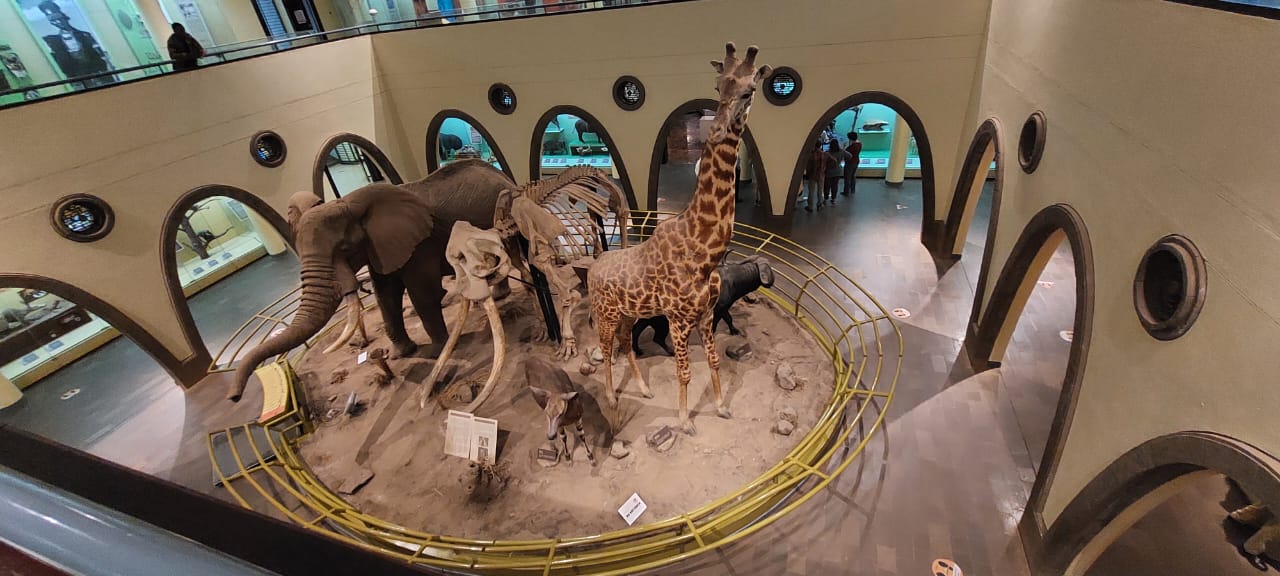
It is mind blowing how magnificent the animal sizes are compared to humans. In this disply one can spot an elephant, giraffe, bufallo, zebra and antelope.
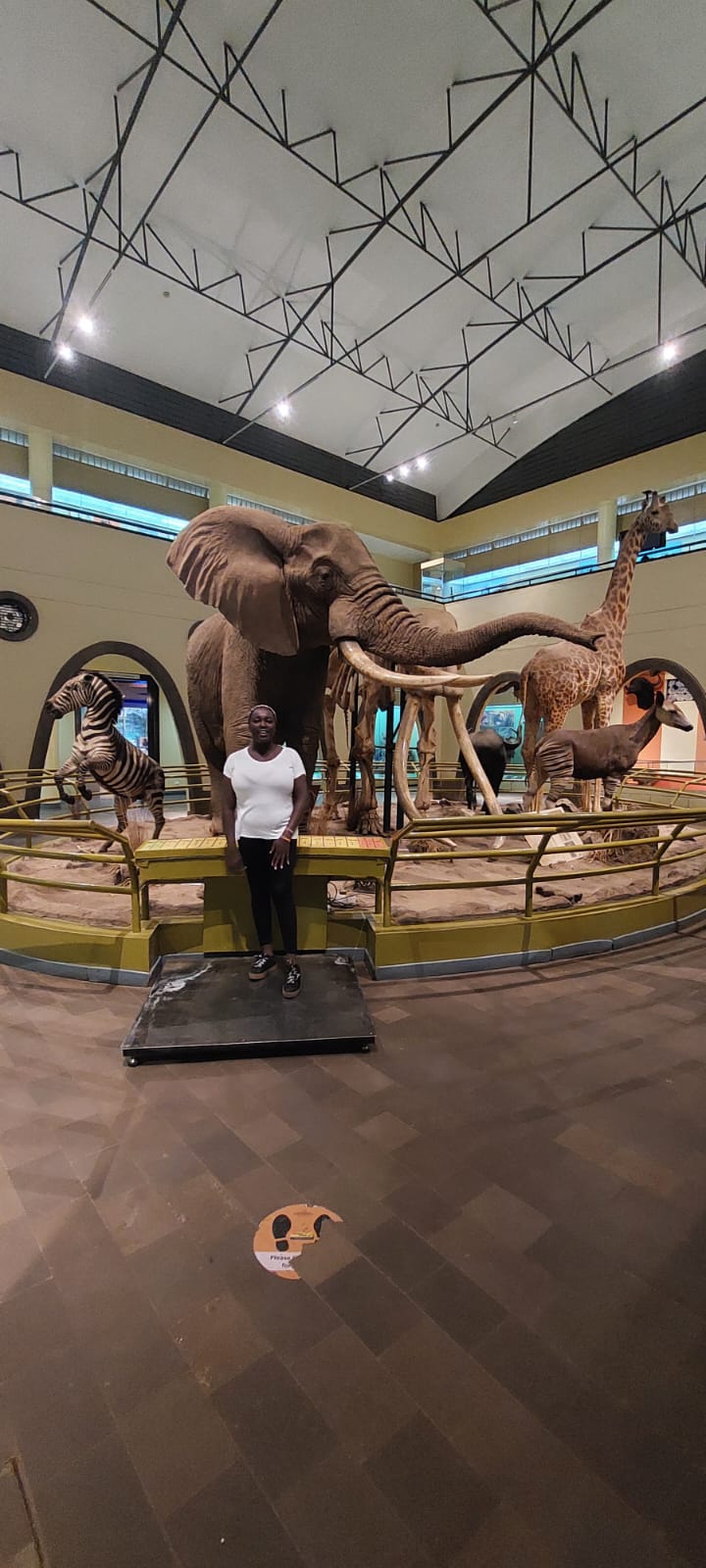
Apart from the big animals there was also a displayed array of the small ones too. Below are mummified skeletons of the smaller wild animals. Namely: wild cat, leopard and lion
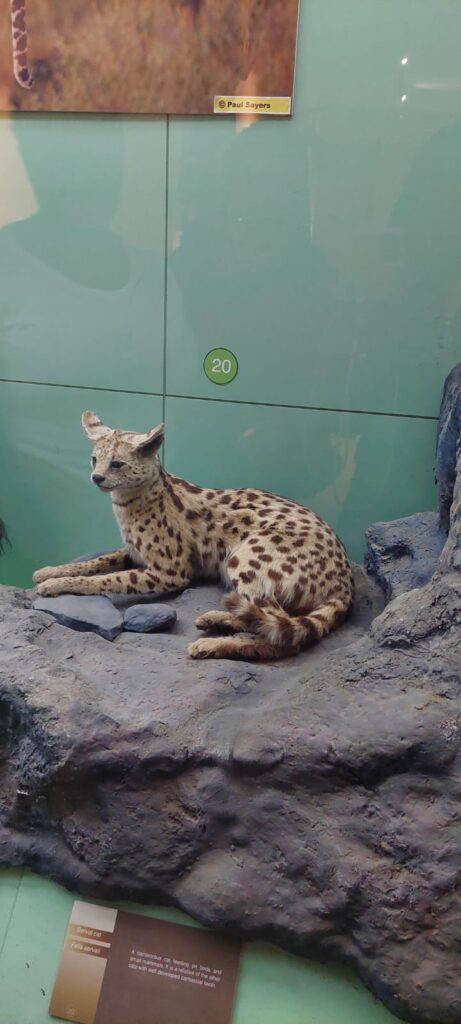
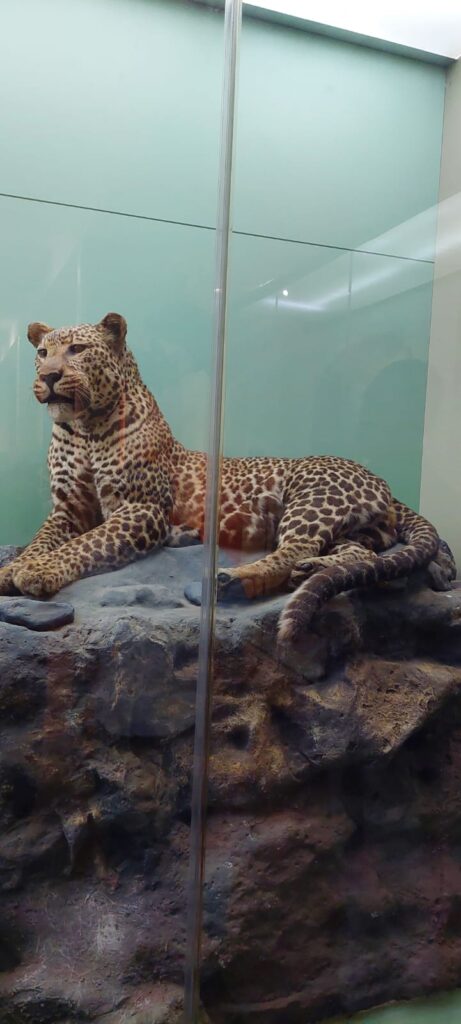
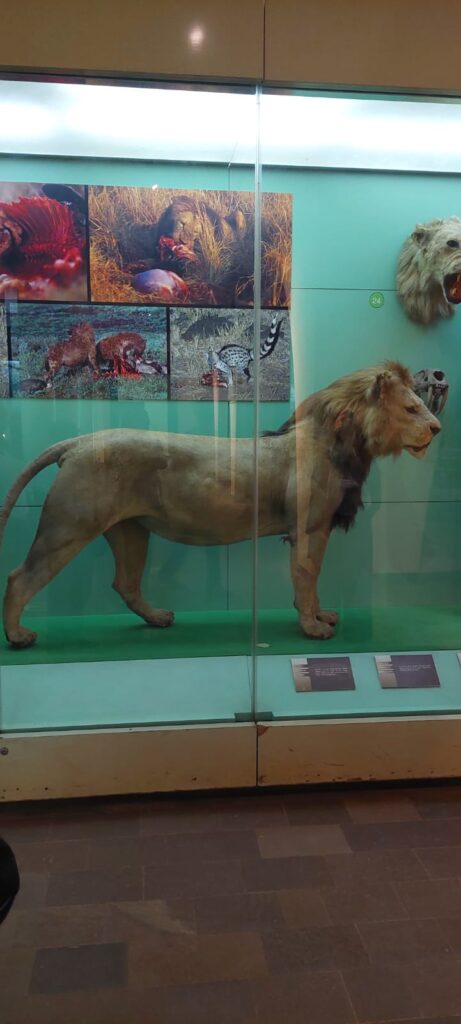
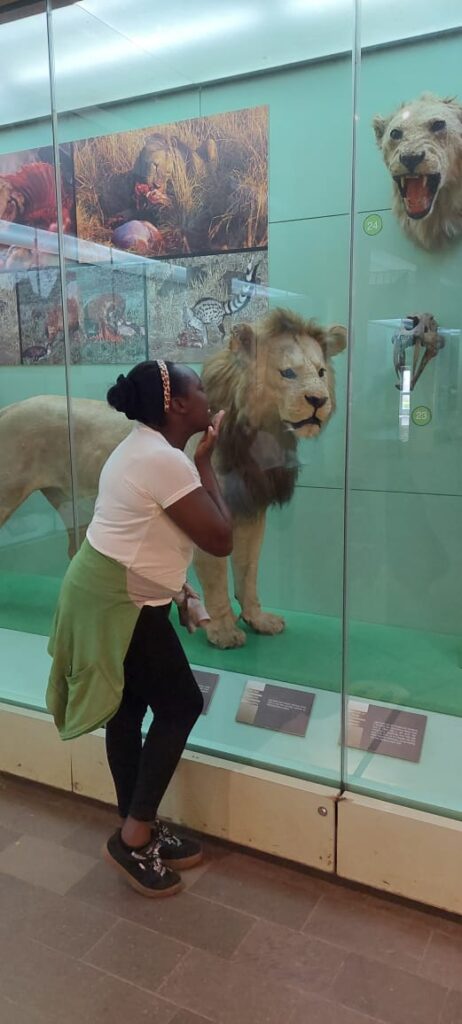
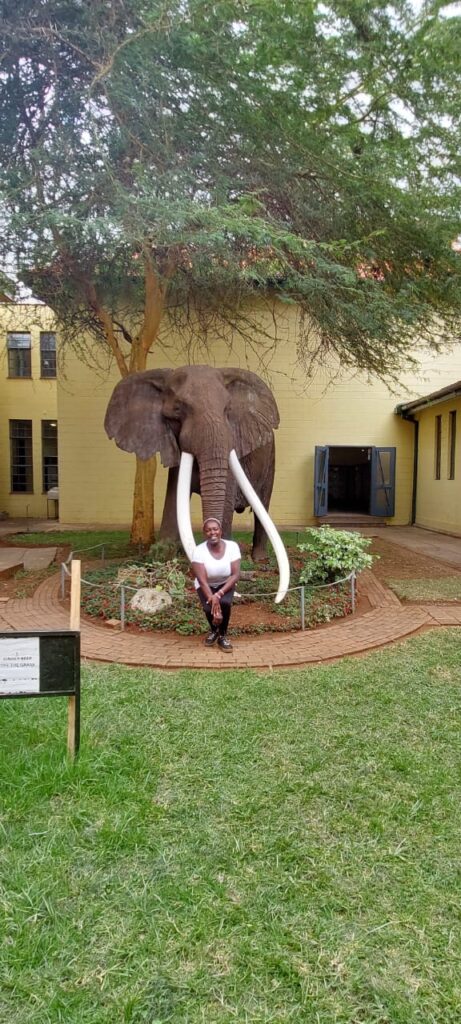
The elephant on the right is the most famous elephant in Kenya’s history. President Kenyatta declared Ahmed be preserved at the Nairobi National Museum for future generations to be able to admire this giant of nature. His tusks were so big that he walked backwards when climbing a hill. He was also put under national security when he was alive and had two guards guarding him day and night. Ahmed of Marsabit died at age 55 due to natural causes and he is preserved at the National Museum till date. Ahmed of Marsabit.
Apart from the animals, my favourite part in the museum was learning the evolution of the Kenyan currency from barter trade in the pre-colonial era to silver shekels during the Arab trade to the now known and currently used Kenya Shillings (Kshs). It is also interesting to see the evolution of the Kenya Shillings itself, from Jomo Kenyatta portrait on the currency, to president Moi, then to Mwai Kibaki on the 40Shs coin which commemorated 40 Years of Independence” in 2003. Its rim is fluted with lettering: “40 Years of Independence”. The currency has since then evolved to depict the different wild animals that are part and parcel of our national heritage such as the giraffe, lion, rhino etc.
Are you aware that president Moi had to change the photo on his currency? The first currencies with Moi’s portrait had a snake like symbol in the background. This did not sit well with Kenyans, as snakes were associated with witchcraft and evil… so Moi had to change and remove the snake like symbol at the back of his head.

The museum not only has detailed history of the currency but also of the history of banks in Kenya as well. The museum also shows you the cycle of a one hundred shilling note from the raw material, which is paper to the final product, after many years in circulation, which is pulp.
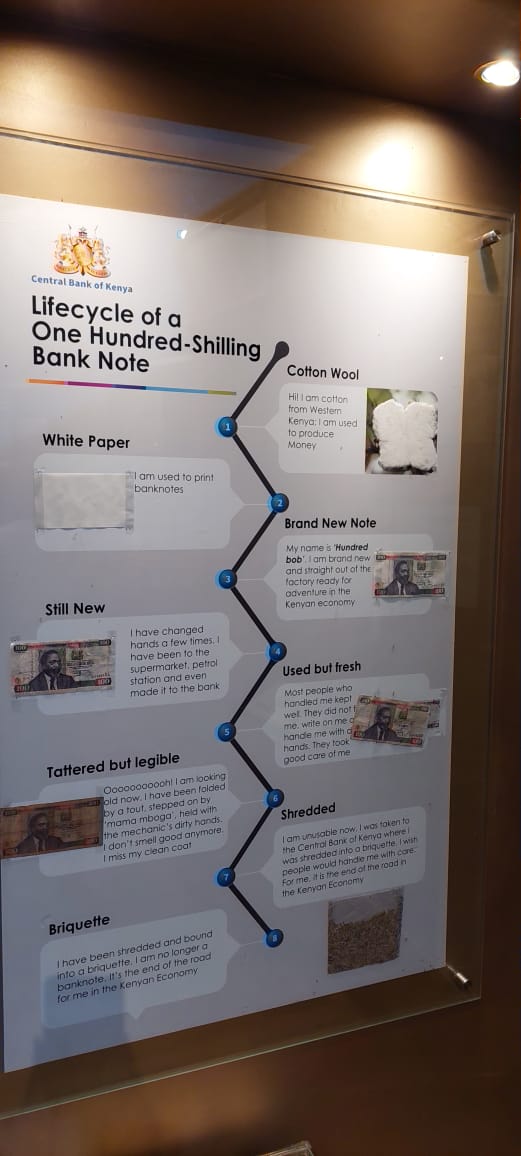
The museum is on the top number five places to visit in Nairobi as Kenya’s culture is well represented in terms of the different artistry, the history of the Kenyan people and the different people who are mentioned in the history books. There is a large installation of protraits at the entry of the National Museum in Kenya. Each calabash represents a tribe in Kenya. Isn’t that beautiful? Five years ago President Uhuru Kenyatta officially recognized the Asian community as a tribe in Kenya and on 8th July 2022, the community presented a gourd to the National Museums of Kenya.
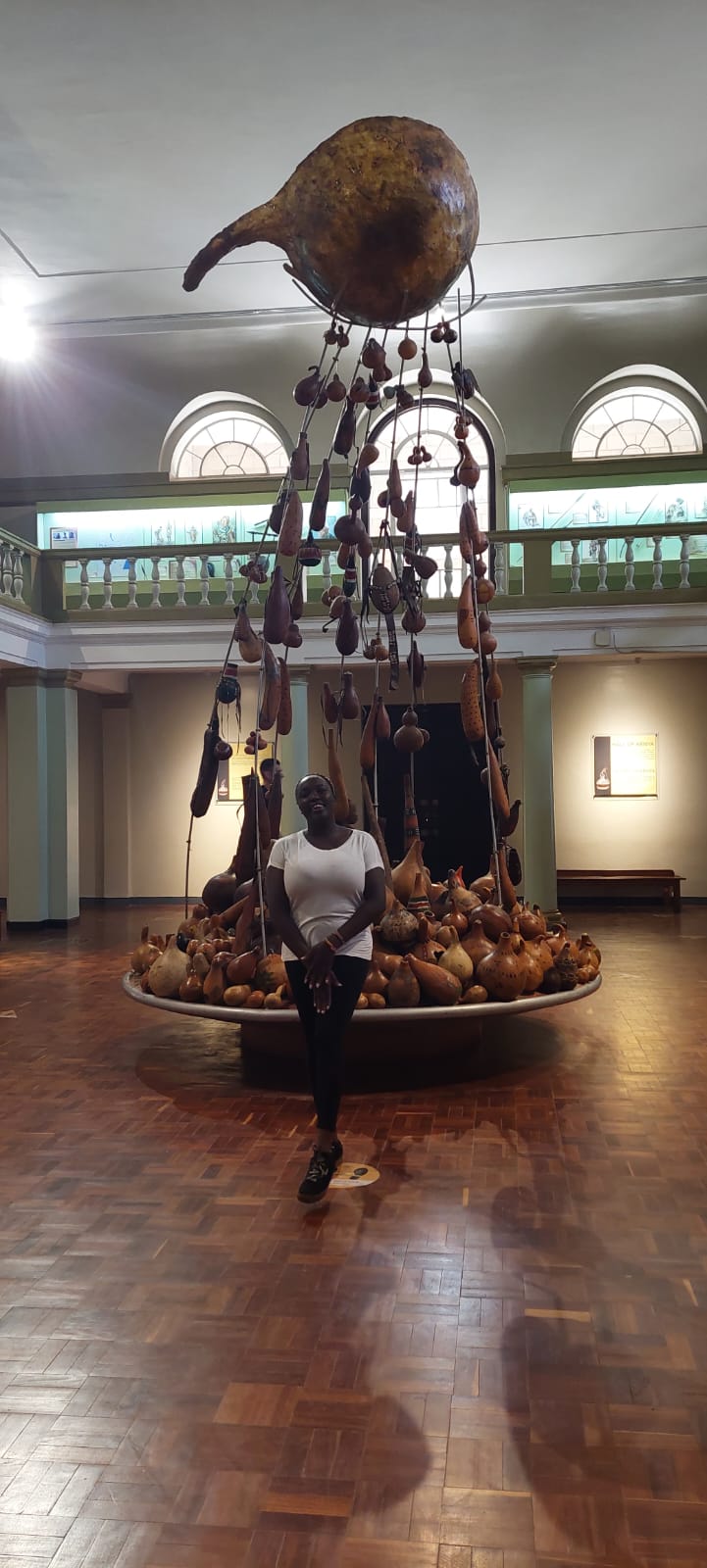
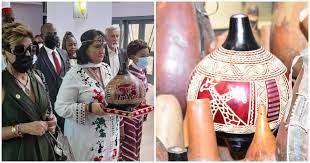
In addition, to paying homage to the culture and the Kenyan people, the museum plays an important role in preserving the Kenyan history and honoring its heroes. One such leader was Dedan Kimathi, one of the top generals that led Kenya in the fight for its independence. The clothes that Dedan Kimathi wore on his day of detention gun are well preserved at the museum. Oh! His gun too!! Let me let you in on a little secret, there is a Dedan Kimathi statue right in the middle of the city in Nairobi, opposite the Hilton hotel in the city.
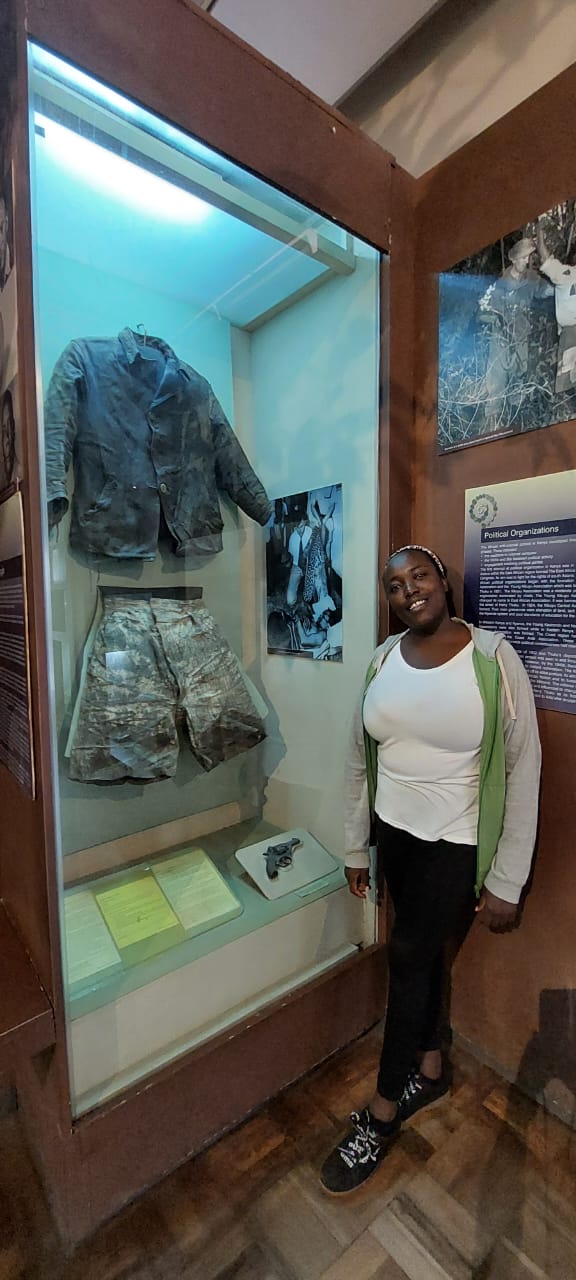

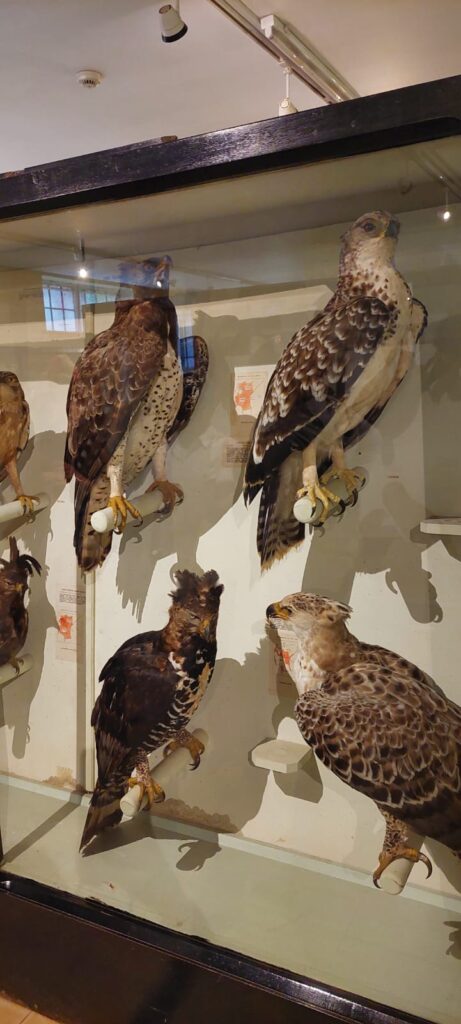
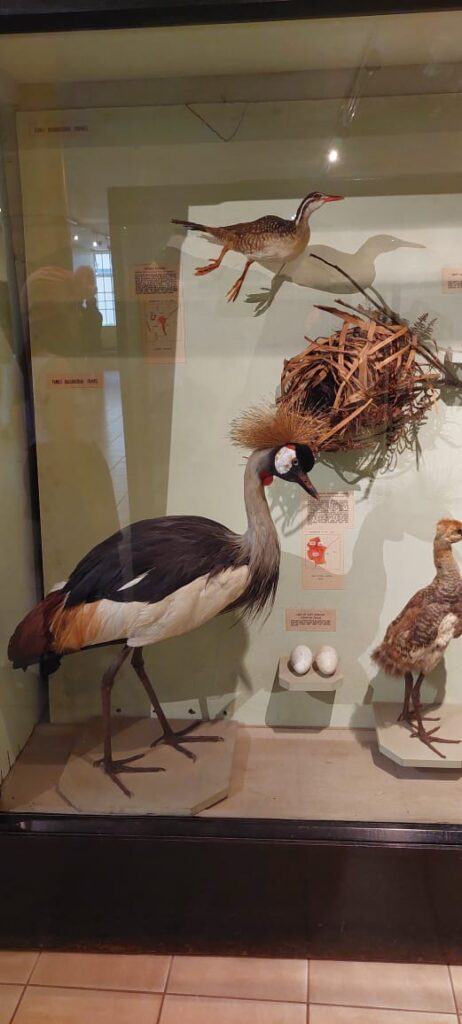
Kenya is home to the birds and butterflies too. As mentioned above, Kenya is a key destination for bird watchers and butterfly lovers too.

One striking feature of the museum is the in depth detailing of information, be it about the animals, the history or the migration of birds. An example is the display of the history of mankind in relation to the evolution theory.
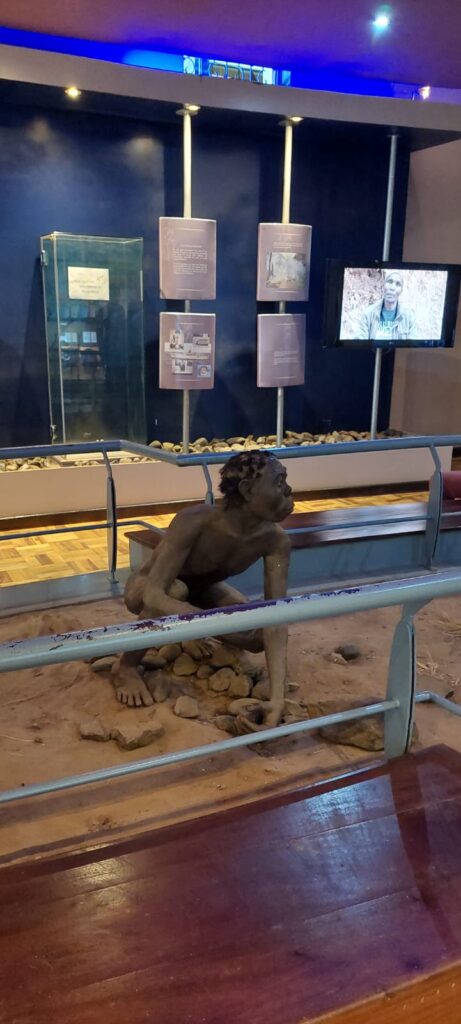
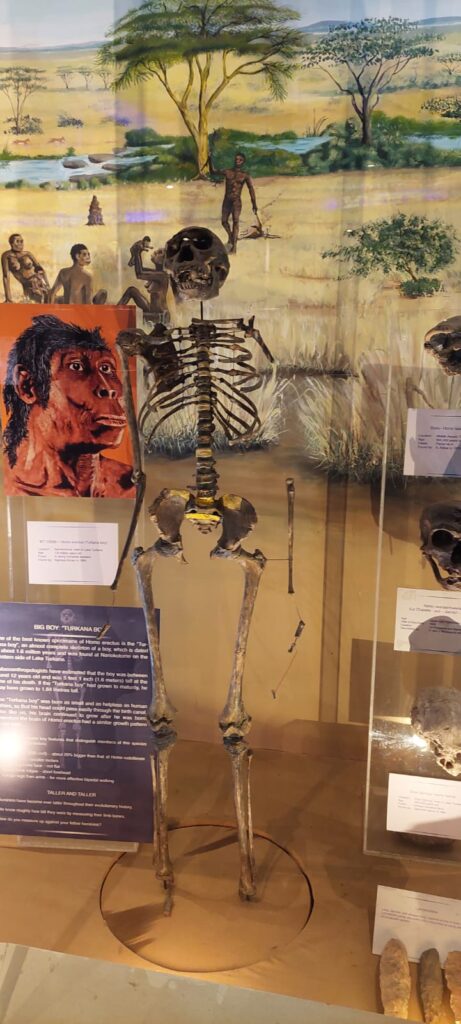
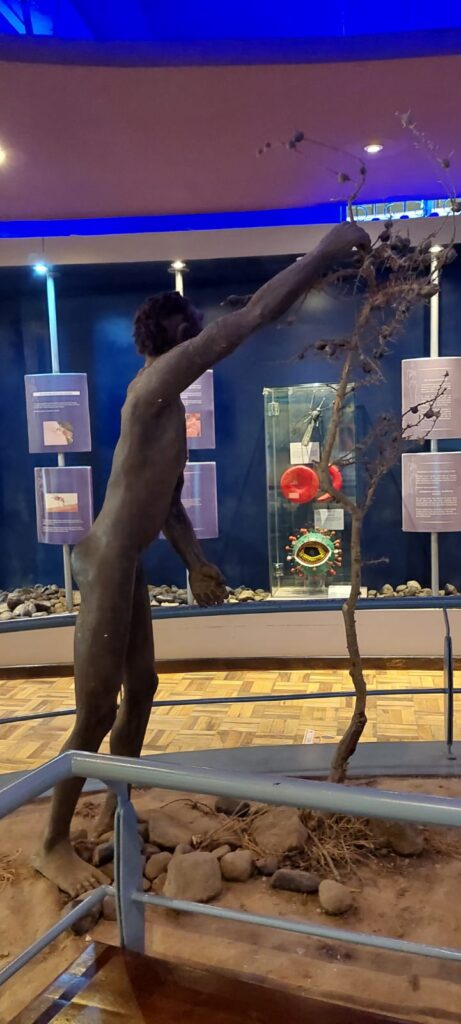
The National museum gives detailed information on every aspect including the theory of evolution as East Africa is known as the cradle of mankind.
THE SNAKE PARK AT THE NAIROBI NATIONAL MUSEUM
The cherry on the cake for the is the snake park, as it is the only place in the Museum that has live animals. The snakes are behind glass cages and the non-poisonous green snakes are hanging on the trees. It is a thrilling and educative experience as you get to understand the difference between the snakes and how venomous they are. The guides are so understanding and their explanations are very user friendly and easy to understand.
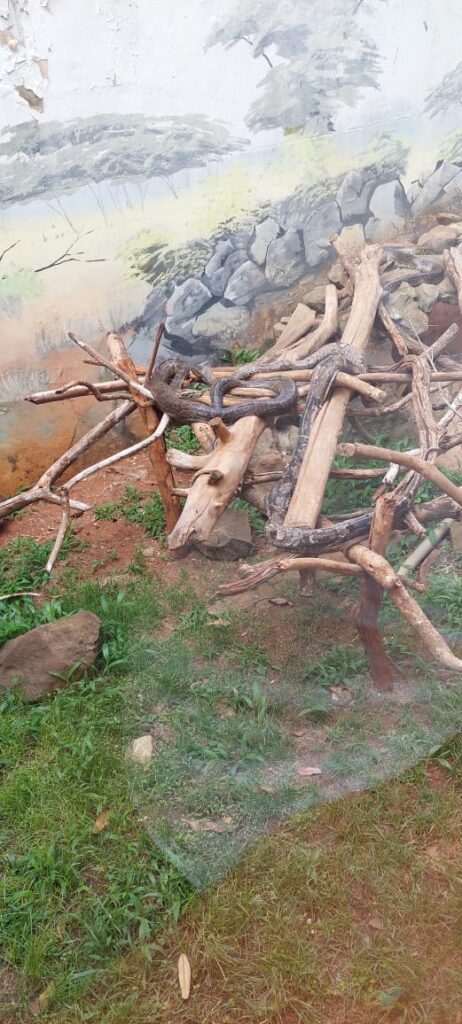
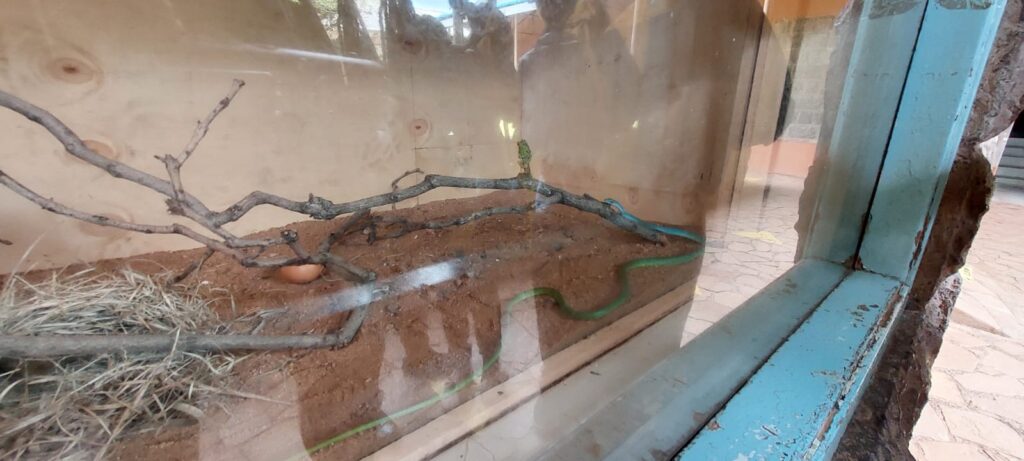
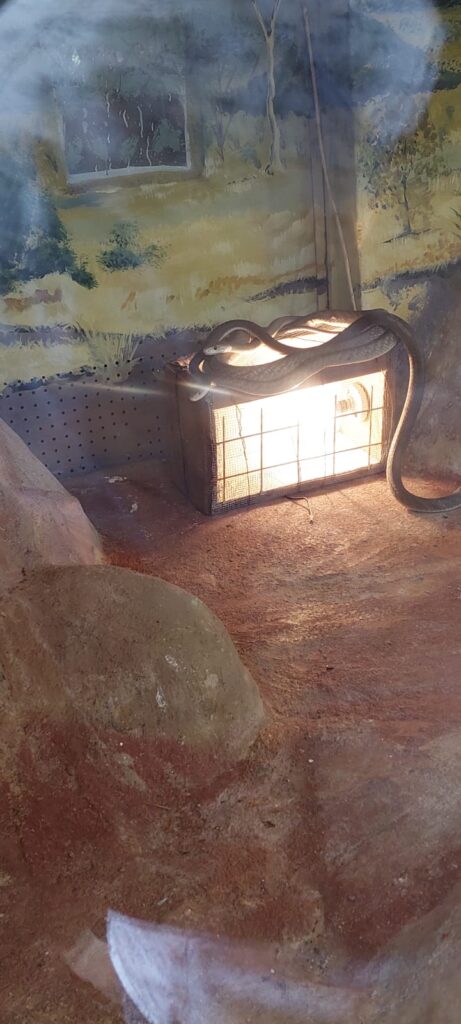
The national museum has very insightful guides who walk you through the museum describing the different types of snakes and also explain how poisonus the snakes are.

Snakes are not the only reptiles in the snake park, they have crocodiles allegators, tortoises, lizards and fish!! The museum also offers an aquatic experience, as the fish are kept in aquariums divided into fresh and salty water section. This section gives you a glimpse into the aqua life and a close view into the marine life.The National Museum of Kenya also is home to the only alligator south of the Sahara? The alligator was brought in from the USA and the museum has been its home ever since. The alligators were two in the beginning; male and female species. But the male alligator is the surviving one to date.
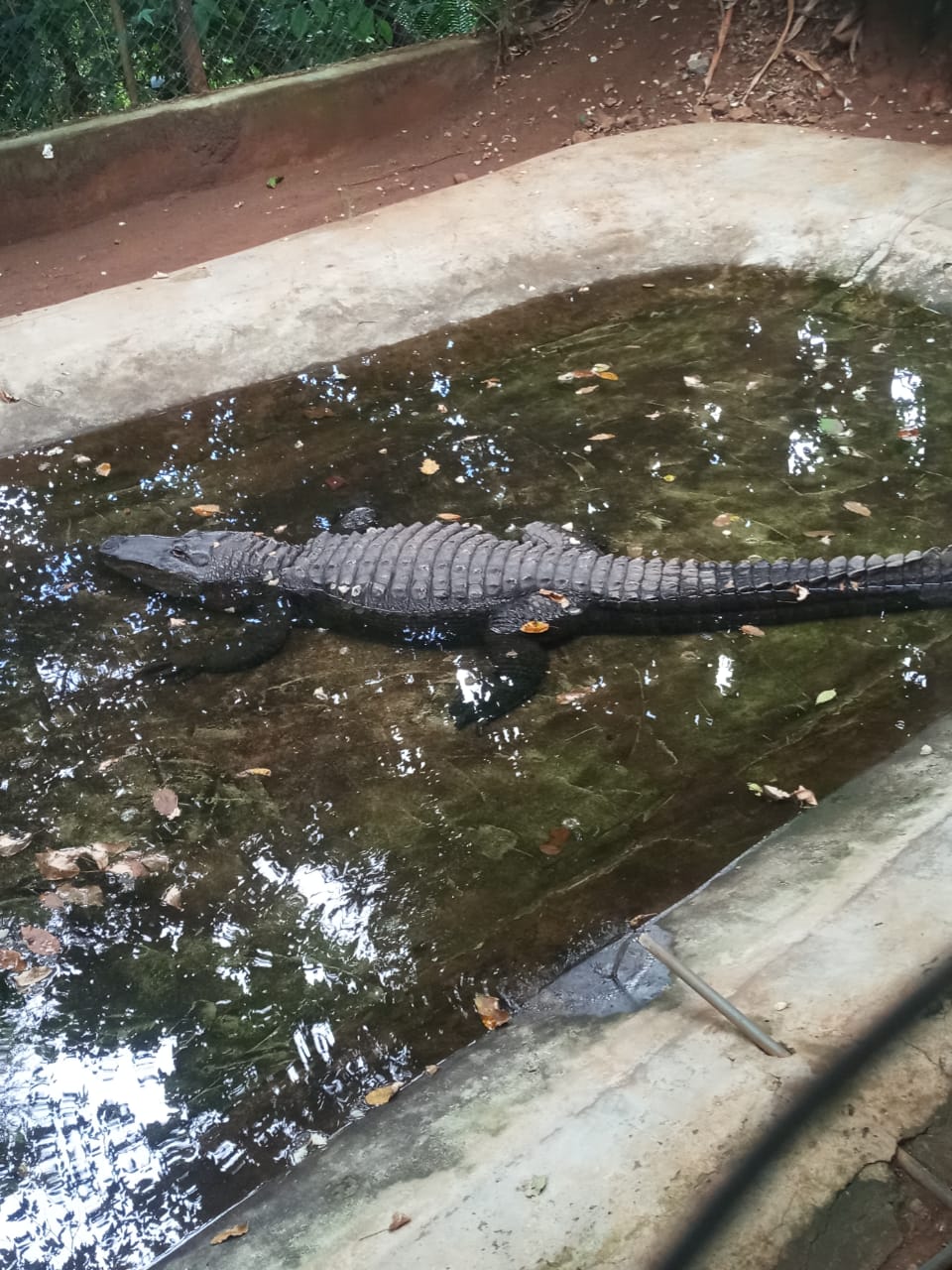
The snake museum gives a sneak peak into the different lifestyle of reptiles. One gets to learn about their behavourial patterns and is educated on the environments they best thrive in. All in all the Nairobi National Museum is a great destination. In addition the snake park is totally separated from the other part of the museum. That way even those with snake phobia, have a choice on whether to go and see the snakes or not. Great place for all family members even for solop travellers this is a great place to visit.

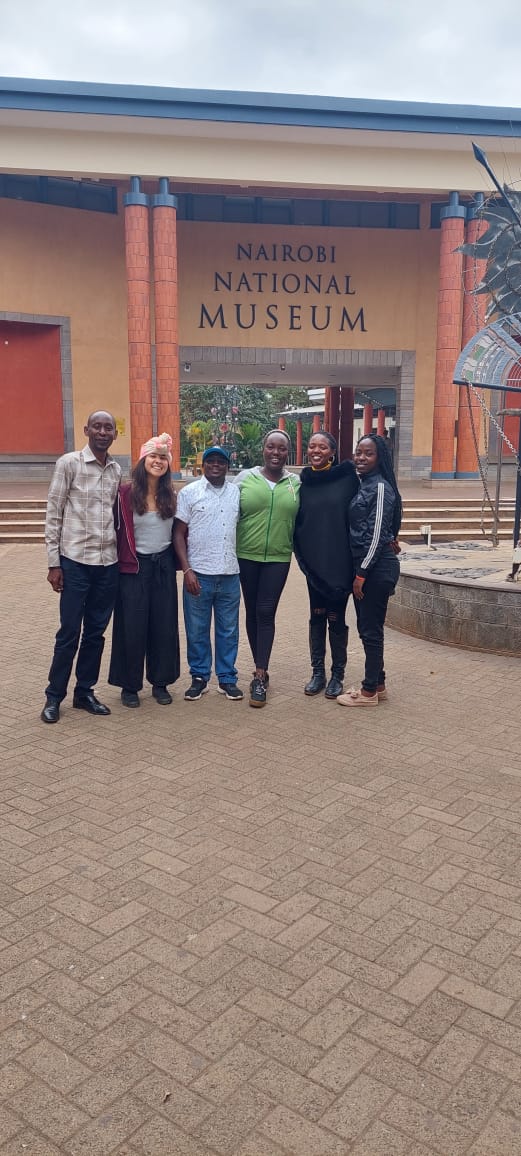
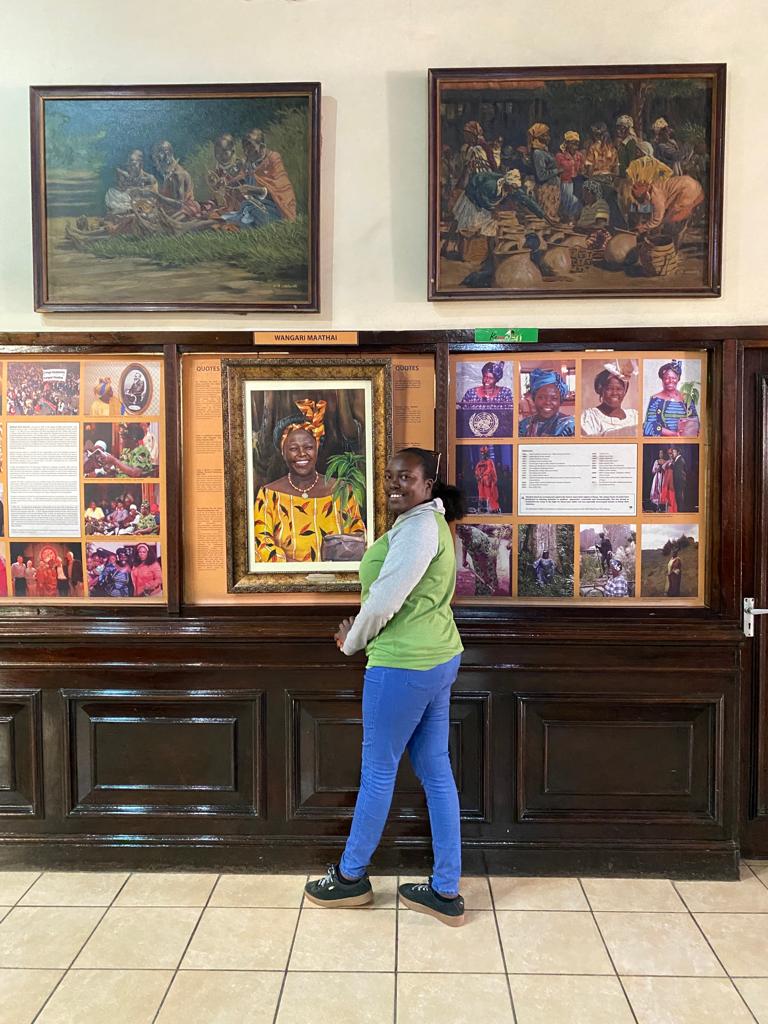
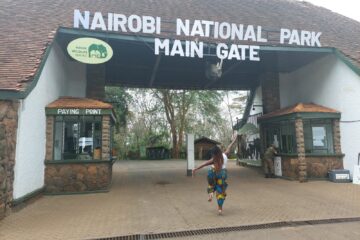
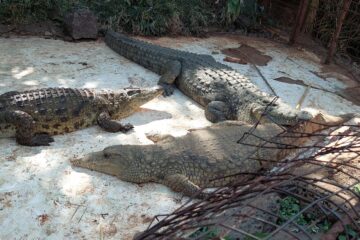
I just love living vicariously through your travel experiences. You give such wonderful information. The pictures are beautiful to behold. Thanks for taking us along your journey!
you are welcome. I am glad you love it
Itís hard to come by educated people about this topic, however, you seem like you know what youíre talking about! Thanks
Very informative. Will be going to Nairobi in March 2023, will definitely visit
Thanks for your blog, nice to read. Do not stop.